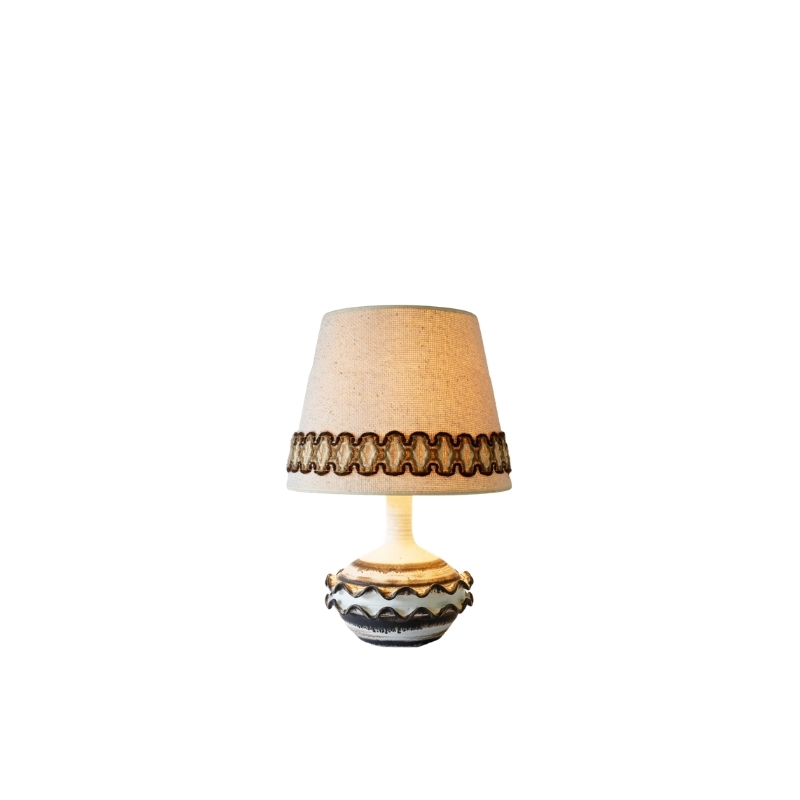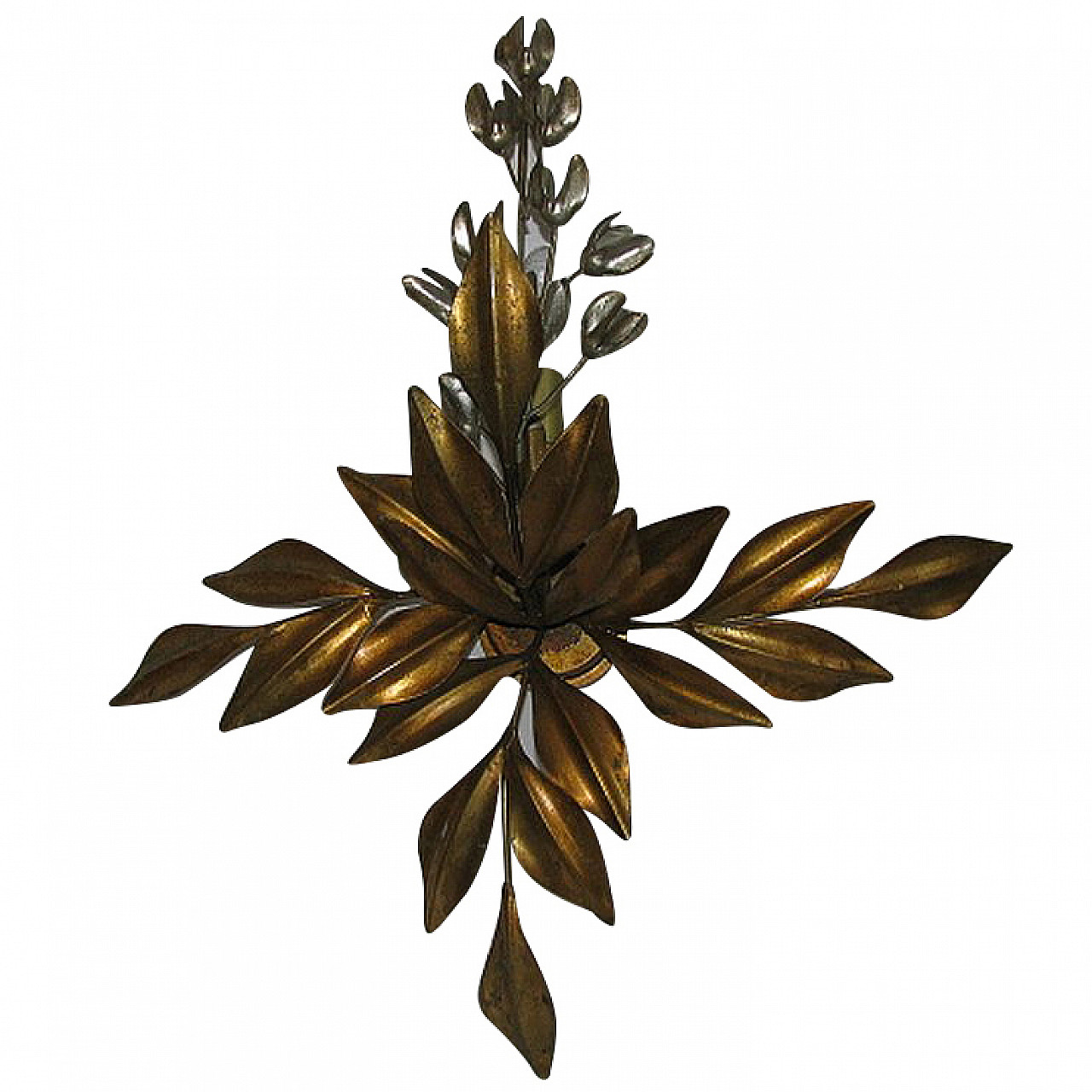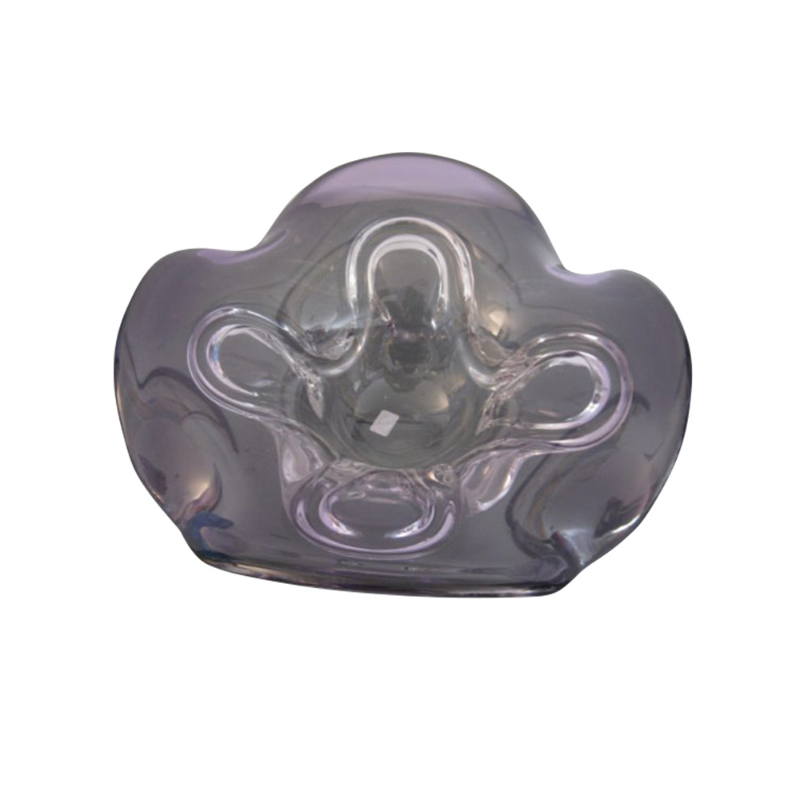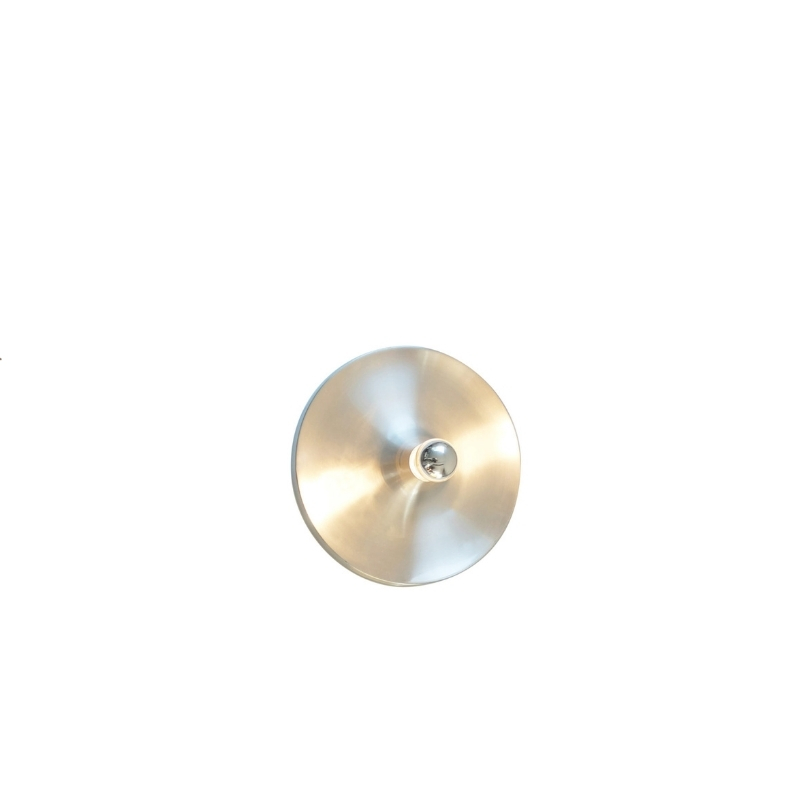Repairing shockmounts on recently purchased Eames Lounge chair. Have read all the back issue texts of the blog on what glues is best and several key suggestions regarding techniques. As best I can tell the thread is a bit dated....2009. Is Scotch-weld 1838 A/B still the recommended glue for this repair? Thanks in advance.
4mynewpad
Would be interested to read...
Would be interested to read more about that as well.
I'd say any high end epoxy is good (epoxy with a long cure time).
Looking to replace mine with WestSystemEpoxy (marine-grade).
It can be thickened like peanutbutter with their filler.
Have been using this stuff for the shockmounts on my fiberglass chairs...rocksolid.
I like West System epoxies, too.
I used their basic 105/205 thickened with colloidal silica for my first ever shock mount repair on a ca. 2000 DCM back panel about 10 years ago and it's holding up just fine (knocking wood). It's a translucent milky color, though it would be easy enough to add whatever colorant desired, I suppose.
West System has an excellent website for researching epoxy repair techniques, BTW.
At Alfie Hume's recommendation, I've used PC-7 for about a dozen subsequent shock mount-to-wood repairs, including two on my ES670 about 5 years ago and, to date, all have performed as hoped (knocking more wood). I tried PC-11 once to experiment and it stands as my one and only shock mount repair to ever have failed. Didn't last a year.
Sorry I can't comment on the 3M product, but I am a big fan of their self-adhesive products and I've heard good things about some of their newer two-part adhesives. You do need to be very careful to research their stuff thoroughly, though, as they tend to have very specific design applications. 3M does have very good technical service, too. I would inquire with them about particulars.
shockmount glue Eames chair
Thanks folks. I did ck with 3M about their current recommendation. While they said good things about Scotch-weld 1838 B/A, they spoke highly of Scotch-weld 2216 B/A bc of its high sheer strength, flexibility, and longer cure time (~weeks). I did try a currently recommended one but it failed, unfortunately, but I think for a novice like me, technique is underrated.
Thanks again, and suggestions always welcome.
Well, newpad. If it's any consolation,
I've found that proper surface preparation and being careful to not starve the joint by over-clamping the parts during initial setup account for at least half the results.
Eames lounge shock mount repairs are especially challenging and, it seems, HM is keeping their solution proprietary.
There are two newer adhesives available to the average consumer that I'd be curious to try in this application or to hear more about other's experiences with:
ITW Plexus MA300 and West System G/Flex.
The company I work for works ...
The company I work for works with carbon, and our Epoxy has beads added, so you can't clamp pieces to an extent where there's no glue left anymore in between. That's an important point.
On the other hand I think glue needs to be flexible only if both joined parts are flexible.
As the plywood is rigid, the epoxy can be too.
Tktoo, so you actually used P...
Tktoo, so you actually used PC 7 on the original Herman Miller shock mounts on the 670's? I'm glad that it worked out for you because the chemist at PC Epoxy wasn't sure about that. And I agree the surface preparation is at least half the battle. For me, after removing the ALL the debris from the old shock mounts with a chisel and router, I used some very rough sand paper to create a better bonding surface on the wood. Right before putting on the PC 7 on both surfaces, I cleaned them with acetone to remove any oil and dust.
Yep.
Both on the seat panel and both had previously been replaced by HM. They had nearly completely separated leaving residue only on the wood. It was clearly the bond between the rubber and the adhesive that had failed. The HM mounts seemed supple and intact, so I just reused them. Otherwise, I did much the same as you did except I roughed up the surface of the neoprene a bit with 60 or 80 grit.
Naturally, I was aprehensive about making a lasting repair, so I contacted the only person I knew to be an expert and he was kind enough to offer his advice.
I check them regularly by feeling around in there while sitting in the chair. They seem fine going on 5 years now. And that's with two teenagers and their friends around!
If you need any help, please contact us at – info@designaddict.com









